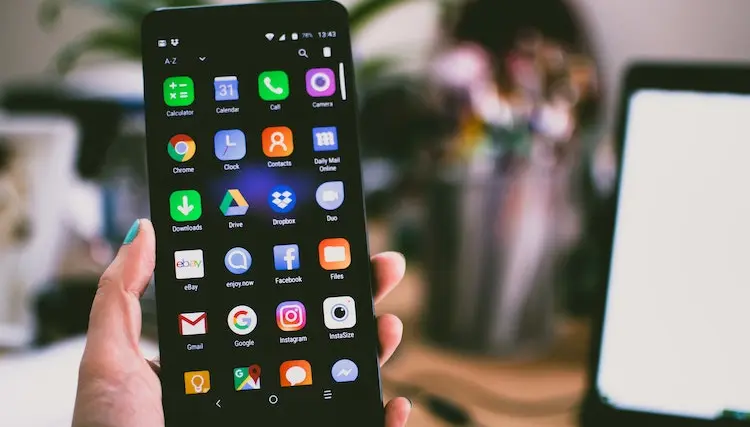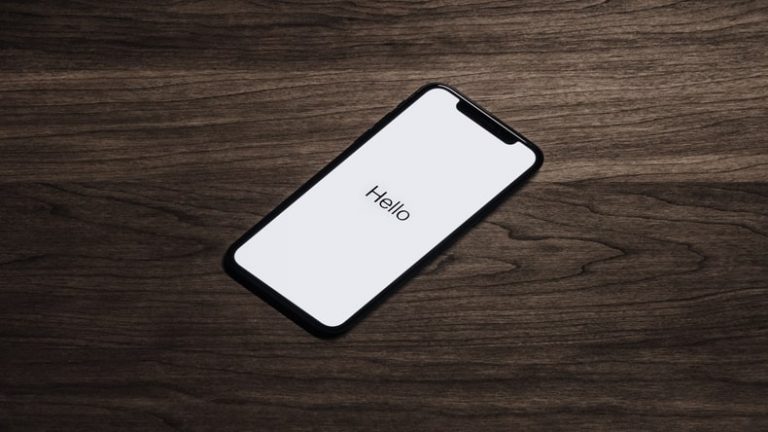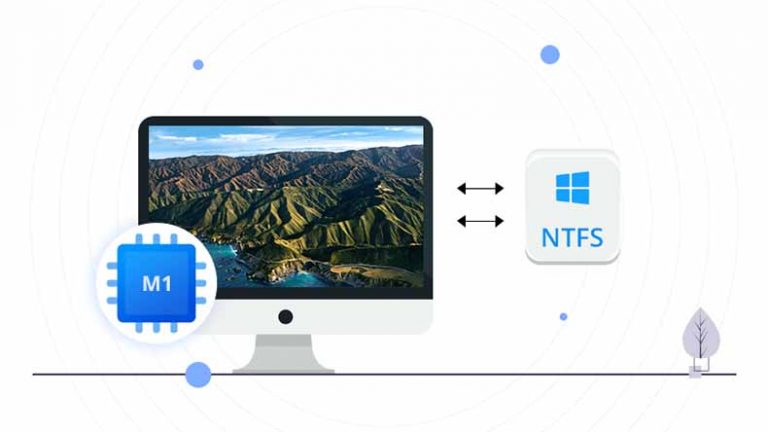Understanding Push Notifications In Android: What You Need To Know
In today’s business world’s fast-paced and technology-driven landscape, staying connected with your target audience is more critical than ever. Push notifications have emerged as a powerful tool for businesses to deliver timely messages, offers, and updates to users’ mobile devices, keeping them engaged and informed.
For instance, e-commerce businesses can use push notifications to notify users about flash sales, limited-time offers, and personalized product recommendations, increasing the chances of driving immediate purchases.
Similarly, news apps can send push notifications to users to provide breaking news updates or customized content based on their interests, ensuring they stay informed and engaged with the latest information.
Understanding how push notifications work on Android devices is particularly crucial among the various mobile platforms due to the widespread popularity of Android smartphones. In this article, we will delve into what is push notification in Android are and how they function within the Android operating system.

Push notifications serve as a powerful communication tool, empowering businesses to optimize their reach and stay ahead in the digital age. By understanding the concept and implementation of push notifications in Android, companies can effectively engage their audience, deliver timely updates, and enhance user experience to drive success in the competitive market.
What Are Push Notifications?
Push notifications are messages that appear on a user’s device screen without them having to open an app or website first. These messages come from specific apps or websites pre-approved by the user or downloaded onto their device. They can include text, images, videos, audio clips, and other interactive elements, such as buttons or links that allow users to take action immediately when they receive the notification.
How Do Push Notifications Work on Android?
Push notifications on Android work through Google’s Firebase Cloud Messaging (FCM) service. FCM enables app developers to send real-time messages and updates to their users’ devices, even when the app is not running. Here’s how it works:
- Registration: When a user installs an app that supports push notifications, the app registers with FCM. The app is assigned a unique registration token that identifies the device.
- App Server Key: The developer obtains an app server key from the Firebase console. This key is used to authenticate the app server when sending push notifications.
- Sending Notifications: When the app server wants to send a push notification to a specific device or a group of devices, it sends the message along with the registration token to FCM.
- Delivery: FCM delivers the notification to the appropriate devices using the registration token. The notification is displayed on the user’s device as a banner, alert, or in the notification center, depending on the user’s settings.
- Interaction: When the user taps on the notification, the app is launched, and the user is directed to the specified content or action within the app.
- Real-time Updates: FCM supports real-time delivery, ensuring that users receive notifications instantly, even if the app is in the background or the device is in sleep mode.
By leveraging FCM, app developers can keep their users informed, engaged, and connected to their apps, leading to increased user retention and app usage. Push notifications are valuable for delivering timely updates, personalized content, and relevant information, enhancing the overall user experience.
How Can I Implement Push Notifications into My App?
Integrating push notifications into your Android application may seem daunting, but with the help of libraries like Firebase Cloud Messaging (FCM), the process becomes much more manageable. FCM offers pre-built code snippets that eliminate the need for developers to write everything from scratch. You can seamlessly add push notification support to your app without extensive coding knowledge.
Moreover, numerous online tutorials provide step-by-step guidance on integrating FCM, making it accessible to developers of varying experience levels. With FCM’s user-friendly documentation and abundant online resources, you can quickly implement push notifications and enhance user engagement without the hassle of starting from square one.
What Are The Benefits Of Using Push Notifications For Your Business?
Push notifications have become a game-changer for businesses, offering numerous advantages that enhance customer engagement, retention, and overall marketing efficiency. Here are some benefits of using push notifications for your business and how they can contribute to your success in today’s fast-paced digital landscape:
- Increased engagement rates with customers/users: Push notifications have proven to be more effective in grabbing the attention of users compared to other communication channels like emails or social media. Since push notifications appear directly on users’ mobile screens, they are more likely to be noticed and clicked on, leading to higher engagement rates with the content sent through push notifications.
- Improved customer retention rates due to higher visibility of content sent via push notifications compared to regular emails: With push notifications, businesses can ensure that necessary updates, offers, or reminders are delivered directly to users’ devices, increasing the likelihood of users taking action. This frequent and timely communication helps retain customers and keep them engaged with the brand.
- Better ROI due to cost savings associated with sending out fewer promotional emails: By relying more on push notifications for delivering time-sensitive and promotional messages, businesses can reduce their reliance on traditional email marketing, which can be more expensive and less effective. This shift towards push notifications can lead to cost savings and a higher return on investment for marketing efforts.
- Enhanced opportunities to engage customers through timely updates on mobile devices: Push notifications allow businesses to reach customers at the right time and place. Even if users are not currently using the app or website, push notifications can provide valuable updates or offers, increasing the chances of customers returning to the app or website and taking action.
- Improved brand recall and staying top-of-mind with customers: By regularly sending relevant and valuable information through push notifications, businesses can build a stronger brand recall among customers. When customers need the company’s products or services, the brand will be top-of-mind, leading to increased chances of conversion and repeat business.
How Can I Optimize My Use Of Push Notification On Android Devices?
Optimizing your use of push notifications on Android devices requires careful consideration of several factors to ensure their effectiveness and avoid potential pitfalls. By implementing best practices, businesses can create engaging and personalized push notifications that resonate with their target audience, increasing user retention and improving overall app performance. Let’s explore these essential factors to maximize the impact of push notifications on Android devices:
- Consider the frequency of push notifications to avoid overwhelming users and prevent them from unsubscribing.
- Ensure the content of the push notifications is relevant and engaging to keep users interested over the long term.
- Target the right audience based on demographic data collected to ensure the messages are personalized and resonate with the recipients.
- A/B tests different variations of the messages before finalizing the version to be sent live to maximize the impact upon delivery.
- Optimize the return on investment by developing and implementing the push notification feature within the application effectively.
Conclusion
In conclusion, understanding how push notifications work on the Android platform is essential for businesses seeking to maximize their reach and connect with potential customers and users in the market. By leveraging the features provided by Google’s Firebase Cloud Messaging service, companies can deliver timely and informative updates directly to users’ smartphones, increasing the chances of engaging interested individuals who may not have interacted with the brand.
While the implementation may require some initial setup effort, the overall results are worth the investment when optimally leveraging the power behind modern communication mediums like push notifications. Embracing this technology can lead to improved user engagement, increased customer retention, and enhanced brand visibility, ultimately driving business success in the digital age.






